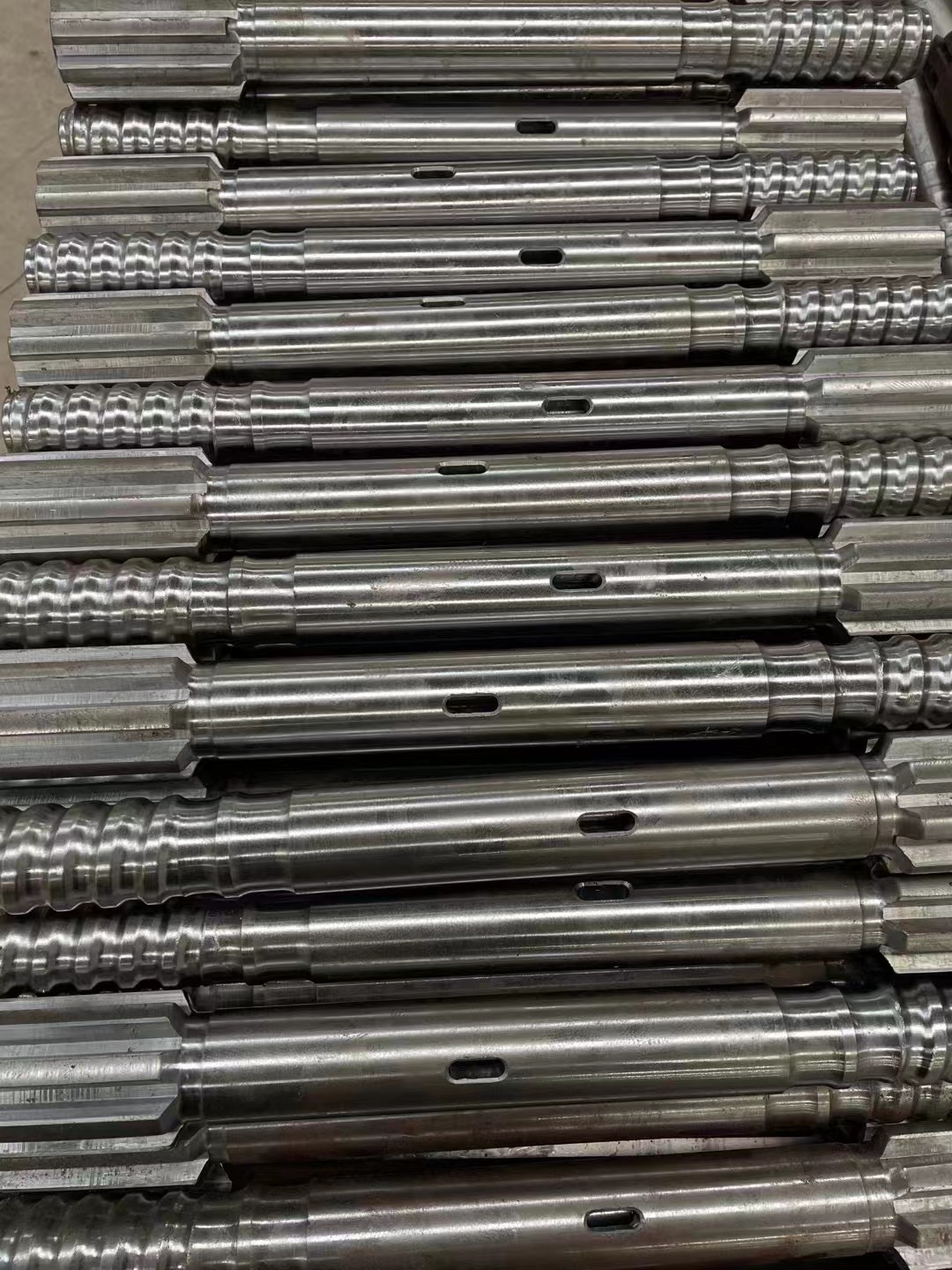How to ensure the quality of drill pipe(extension rod) after long-term use?
How to ensure the quality of drill pipe/ extension rod after long-term use? To be honest, it is difficult to achieve perfection. According to the content of the drill pipe, I have sorted it out, and it is worth learning and reference.

The drill pipe is the basic component of the drill string. It is made of seamless steel pipe (the wall thickness is generally 9~11mm). Its main function is to transmit torque and transport drilling fluid, and the gradual lengthening of the drill pipe makes the borehole continuous deepen. Therefore, drill pipe occupies an important position in oil drilling.
Drill pipe structure and specifications
The drill pipe is composed of seamless steel pipes, the wall thickness is generally 9~11mm, and it is composed of two parts: the drill pipe body and the drill pipe joint. There are two ways to connect the joint of the drill pipe body: one is to connect with a threaded buckle, that is, both ends of the pipe body are equipped with a thin male buckle, which is connected with a female thin buckle at one end of the joint. Fine buckle drill pipe; the other is that the pipe body and the joint are butt welded together by friction welding. This type of drill pipe is called butt welded drill pipe. Drill pipes with fine buckles have been basically eliminated, and all the drill pipes currently produced or imported in my country are butt-welded drill pipes (drill pipes without buckles).
Drill pipe key points:
1. Regular flaw detection, buckle repair, and welding of drill pipes.
2, every time you drill down to check the wear condition of the collar and body, return to the factory for repair in time.
3. Add corrosion inhibitor and coating to the drill pipe, and brush oil when not in use.
4. Use waste oil for maintenance.
5. If the flaw detection fails, it will be scrapped.
From the management of drill pipes, it is necessary to make a good account, make a check plan and implement it carefully.
Drill pipe occupies an important position in coal mining, geological prospecting, and engineering. The project consumes a lot of money, so the quality of the drill pipe directly affects the speed of the project. In the previous article, we probably learned about the 12 technological processes of drill pipes. This time we will focus on understanding the main factors that affect the quality of drill pipes and the detection methods.
First, the process flow of the drill pipe: inspection in the factory-flat section-friction welding-annealing-car flashing-quenching-tempering-internal and external grinding-hardness testing-ultrasonic, magnetic particle testing-marking-factory inspection. Each step is interlocked, and each step affects the quality and durability of the drill pipe.




